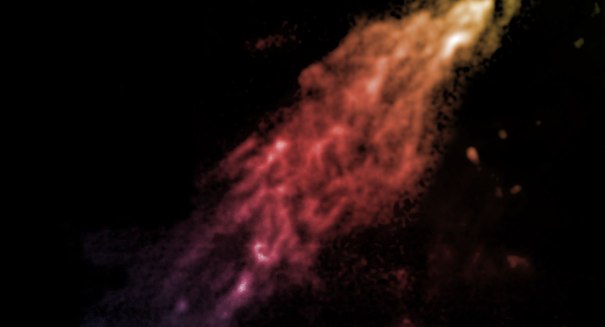
A new study suggests that nearby galaxy Centaurs A may be harboring more than we can see.
Scientists at the European Space Observatory have noticed a troubling discrepancy in the data they’ve been collecting about our neighboring galaxy, Centaurus A. A team of researchers at the Pontificia Universidad Catolica de Chile, led by PhD candidate Matt Taylor, used observations from the aptly named Very Large Telescope at the Paranoia Observatory in Chile to present their discoveries.
The massive elliptical galaxy Centaurus A, formally referred to as NGC 5128, is located 12 million light years away, just past our Milky Way’s local group of galaxies. It is the nearest elliptical giant, and has about 2,000 globular star clusters orbiting around it.
Globular star clusters are roving groups of stars that orbit the outer edges of most galaxies. They are some of the oldest star clusters in the universe, and up until now they were believed to have uniform and stable chemical makeups. Taylor’s research, however, suggests that this may not be the case for all globular star clusters.
Taylor and his team surveyed the mass of a sample of globular clusters around Centaurus A. He expected the mass of each cluster to be proportional to its brightness, but he found a totally different pattern. Many of the star clusters in his sample were actually more massive than he expected them to be based off of the light they emitted.
Taylor presented a number of theories explaining the invisible mass measured in the globular star clusters orbiting Centaurus A. It is possible that the clusters contain black holes or other dark masses that don’t emit much light. Although not much is known about it today, Taylor suggests that dark matter could also be responsible for the observed extra mass. Taylor hopes to keep using the Very Large Telescope to learn more about these peculiar star clusters in the near future.